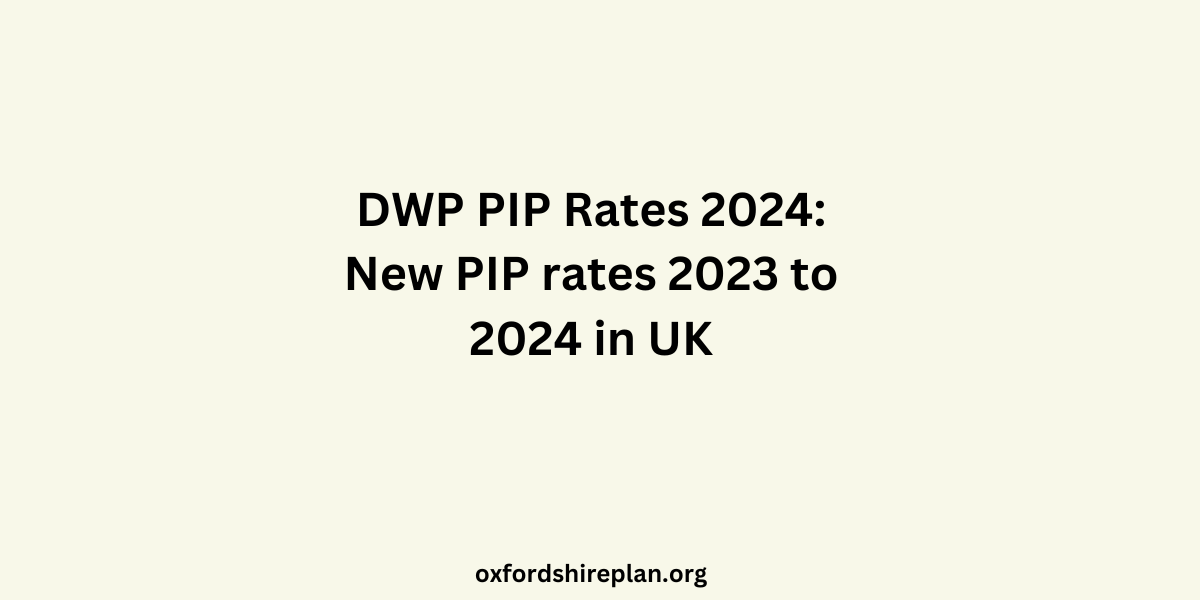I can track the stages of my life through the Pret sandwiches I’ve enjoyed. My first one, bought by my mom more than 15 years ago, was a much-needed break during a day of hunting for a suit in suburban England. My next memorable Pret sandwich came during my late teens.
It was my first “professional” lunch of a two-week internship at National Geographic Traveller. The travel costs were covered, and I was given £5 for lunch. I stopped at the Pret outside Farringdon station, picked up a BLT and a flat white, and still had enough change for a Freddo chocolate.
These days, £5 doesn’t go far. It’s not enough to cover some of the sandwiches by themselves, especially the more complex baguettes with relish or the special editions, let alone with a coffee that now costs over £3.
Why the steep rise? There are a few reasons. The UK is facing financial challenges. Since Brexit, food prices have been climbing. According to the Office of National Statistics, in 2019, an average cost of a loaf of bread was £1.04. Today, that same loaf is about £1.40. Inflation surged following the pandemic and the war in Ukraine. Energy bills have been unpredictable, shop rents are increasing, and wages are rising. Additionally, Pret’s management likely wants to boost profits.
One of the most surprising price jumps is for Pret’s popular tuna and cucumber baguette. At the end of 2021, it cost £2.99, but now it’s about £4.25 in busy parts of London — a 42 per cent increase, according to Bloomberg data. The chicken Caesar and bacon baguette has also risen from £3.99 to £5.25, an increase of roughly 32 per cent.
These significant price increases at Pret highlight the broader economic difficulties in the UK. It’s a small yet telling example of how the cost of living has evolved over the years.
Read More:
- Joey Essex Finally Speaks Out as Ex Grace Explodes at Luca on Love Island All Stars
- What Is a Movie Grid and How Does It Work?
- Why Did Sharona Leave Monk?
- How to Apply For the EU Settlement Scheme?
- UC Universal Credit United Kingdom Log In – Check Now

I am a dedicated lifestyle and fashion enthusiast, always looking for the latest trends and timeless styles. With a flair for creativity and a passion for self-expression, I provide fresh insights and tips on elevating everyday living and personal style.
















